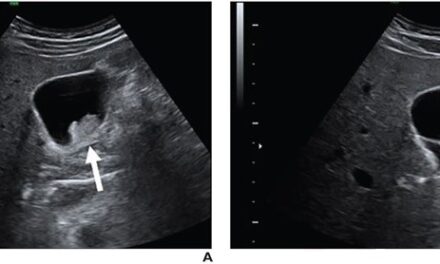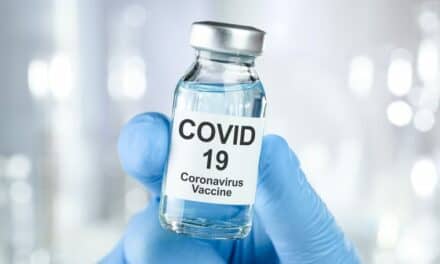A simple, noninvasive contrast enhanced ultrasound (CEUS) scan is an ideal tool for resolving frequent indeterminate MR and CT scans, according to Stephanie Wilson, MD, a clinical professor of radiology and gastroenterology at the University of Calgary and co-president of the International Contrast Ultrasound Society.
“CEUS often overcomes limitations of MR and CT in diagnosing many tumors and detecting their recurrence,” Wilson emphasized at the recent International Bubble Conference in Chicago.
Differing from traditional imaging techniques, CEUS employs ultrasound contrast agents. These are suspensions of minuscule injectable “microbubbles”. Unlike the agents used in MR and CT scans, these microbubbles are free from dyes and pose no known risk of kidney damage, contrast media deposition in the brain, or the danger of exposing anyone to ionizing radiation.
Financially speaking, “CEUS scans are significantly less expensive than MR and CT,” Wilson says.
The unique nature of microbubbles, which remain within blood vessels rather than migrating to tissues, allows for a precise evaluation of blood flow. This is crucial for accurately diagnosing and characterizing tumors, and spotting recurrences post-treatment.
“In addition, in cystic neoplasms anywhere in the body, including the liver, small deposits of tumor are detected on high-resolution CEUS with superior sensitivity when compared to MR, which doesn’t even show the nodule or blood flow,” Wilson says. “Further, for liver imaging, CEUS overcomes MR limitations associated with fat and iron.”
CEUS is also used to help diagnose heart and vascular disease, monitor chronic gastro-intestinal diseases, evaluate other serious medical conditions, and monitor therapy.






